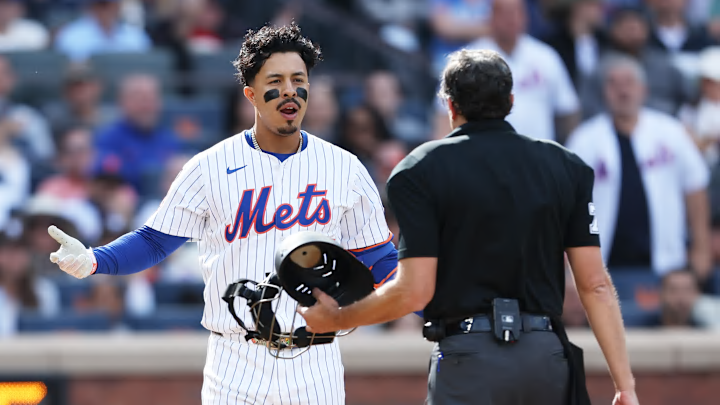The 2025 New York Mets season, a campaign launched with a colossal payroll and World Series aspirations, crash-landed well short of its destination. It served as a harsh, 162-game lesson that star power alone does not forge a championship contender. The blueprint that prioritized big names over broad-shouldered depth has been unequivocally exposed as a failure.
Injuries are a part of baseball, but for the 2025 Mets, they were a full-blown epidemic that laid bare the team’s strategic miscalculations. The starting rotation was decimated, with Kodai Senga battling a hamstring issue, Sean Manaea hampered by oblique and elbow ailments, and the free-agent signing of Frankie Montas ending in a disastrous torn UCL. The offense wasn’t spared. When the multi-million-dollar stars were sidelined or playing at less than 100 percent, the team had no safety net, only a precipitous drop-off in talent.
A philosophy built on hope, not reality
The primary flaw in the Mets' roster construction was a glaring over-reliance on unproven youth to fill critical depth roles. After a promising 2024, Mark Vientos was handed a middle-of-the-order opportunity but could not replicate his success, regressing to a meager .233 batting average with a .702 OPS. Similarly, the team counted on Ronny Mauricio to be a dynamic piece following his return from a torn ACL, but he struggled to find his footing, posting a .226 average and a .662 OPS. Expecting developing players to seamlessly provide veteran-level production is not a strategy; it's a gamble, and the Mets lost their bet in spectacular fashion, leaving gaping holes in the lineup for extended stretches.
This flawed approach was perfectly encapsulated by the black hole in center field. The front office’s decision to prioritize elite defense by employing players like Tyrone Taylor came at an untenable offensive price. While Taylor flashed the leather, his .223 batting average made him a rally-killing automatic out in a lineup that desperately needed consistency. The subsequent use of a natural infielder like Jeff McNeil as a stop-gap only further highlighted the absence of a legitimate, everyday player capable of contributing on both sides of the ball. In the modern game, a team cannot afford to willingly sacrifice a lineup spot for defensive purposes alone.
The time has come for a fundamental change of direction. President of Baseball Operations David Stearns has, to this point, operated with the cautious hand of a small-market executive, pinching pennies on depth pieces while relying on the owner's checkbook for superstars. This hybrid model has failed. The offseason cannot be about chasing another nine-figure contract to headline the marquee. Instead, the Mets must pivot and emulate the true powerhouse of spending, the Los Angeles Dodgers. It's time to stop worrying about the luxury tax threshold and start building a deep, resilient roster designed to withstand the rigors of a full season.
This pivot means reallocating resources from the absolute top of the market to the robust middle. Rather than betting everything on one high-risk, high-reward ace, the Mets must acquire two or three durable, high-floor starting pitchers who can be counted on for 30 starts and a sub-4.00 ERA. It means trading for or signing a proven, everyday center fielder who provides at least league-average offense, creating a balanced lineup without an Achilles' heel. It means building a bench that is a strategic weapon, not an afterthought filled with AAAA players. The 2025 season was a painful reality check; the 2026 blueprint must be grounded in that reality, prioritizing foundational stability and relentless depth over brittle, top-heavy stardom.
